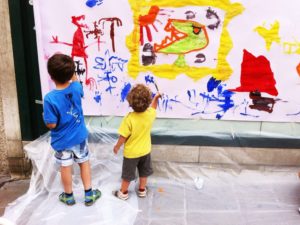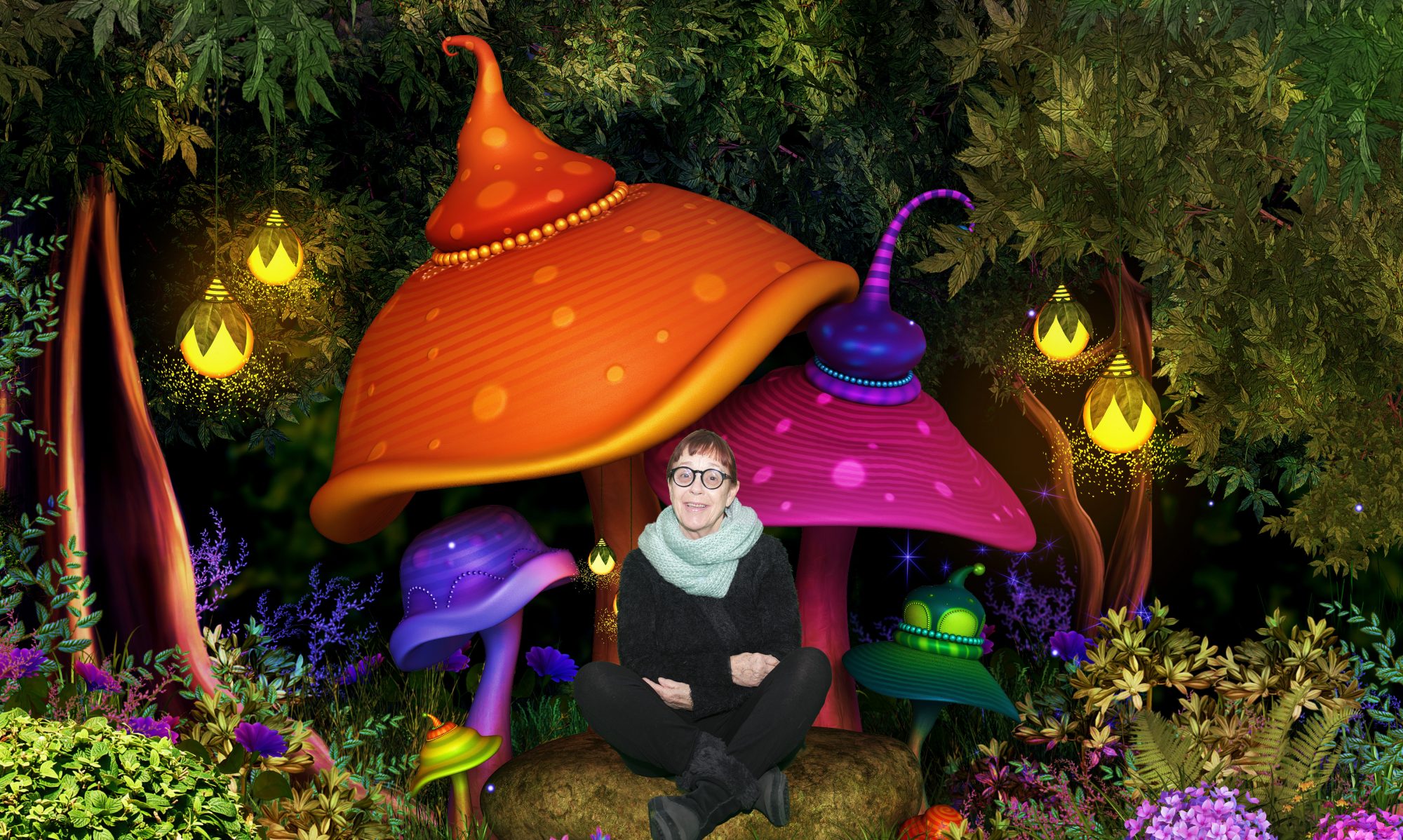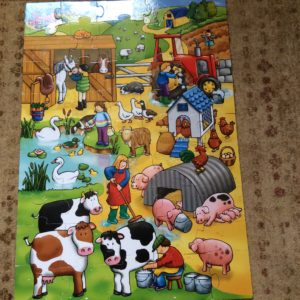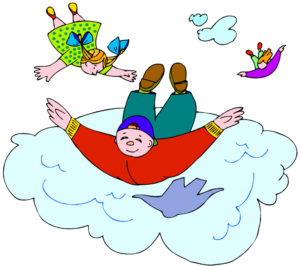
I woke this morning with that Christmas morning feeling you get when you are anticipating joy!
All week we have ART FROM THE HEART classes and I know the atmosphere at ICE will be peaceful, excited and yet strangely calm.
We do a little bit of art in every course we run and of course HEAPS of art in ART FROM THE HEART!
ART should always be from the heart. Art engages the left and right sides of the brain as children imagine, plan, organise, “feel” their way in, create and revise. I love to watch their faces as they engage in art- they GLOW and all concentration and tension issues seem to fly out the window.
Interestingly, the learning that takes place after art is ALWAYS deeper.
Sure issues of low self-esteem, lack of confidence and worries about it not being perfect surface but the art time is a great place for these things to come up and be dealt with. Teachers who help kids engage in art are really not just doing art- they are helping to grow more centred, creative and self-aware people!
Should we ALL be drawing/painting/crafting?
Maybe hardened criminals and terrorists should attend daily art classes! It truly seems to make for calmer, happier children so let’s try it on some big people.
I am starting an ART FROM THE HEART pinterest board today and will be sharing lots of techniques and ideas as well as displaying kids’ work. Please follow and share some of your own creative ideas too!
Let’s make this a week where we ALL indulge in some creative practices and share.



![41835873[1]](http://victoriacarlton.com.au/wp-content/uploads/2014/01/418358731-199x300.jpg)